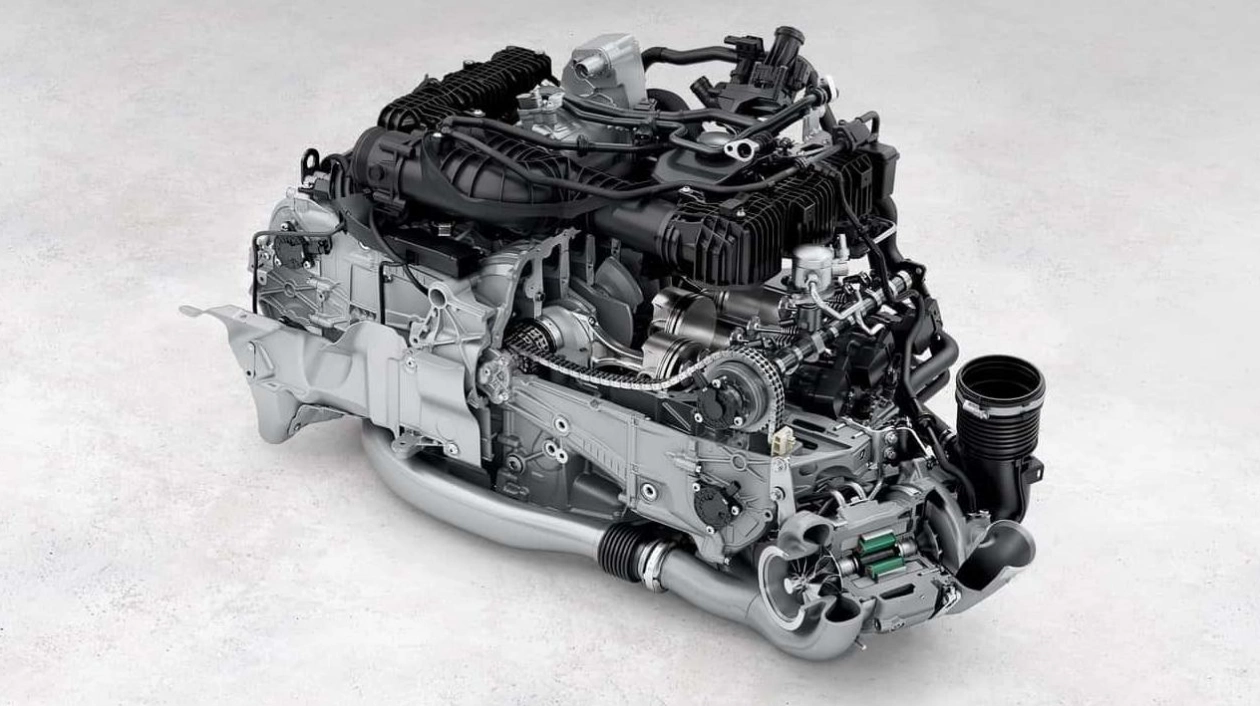Porsche has unveiled an intriguing (and potentially groundbreaking) concept for a six-stroke combustion engine. For those unfamiliar with the basics of internal combustion engines, we'll keep this explanation straightforward. Even if you're well-versed in engine mechanics, we'll still strive to simplify the concept.
Almost all combustion-powered vehicles utilize a four-stroke engine: intake, compression, power, and exhaust. During the intake stroke, air and fuel enter the cylinder. The compression stroke involves the piston pushing this mixture to the top of the cylinder. The mixture is then ignited, forcing the piston back down during the power stroke. Finally, the exhaust stroke expels the remaining gas from the cylinder.
Porsche's designers believe they can incorporate an additional compression and power stroke into this process. Documents submitted to the US Patent and Trademark Office detail this as "six individual strokes that can be divided into two three-stroke sequences." The extra steps would be inserted between the conventional power and exhaust strokes. Thus, the first sequence would be intake-compression-power, followed by compression-power-exhaust.
To achieve this, Porsche's patent depicts a crankshaft rotating on a ring with two concentric circles—an annulus. This setup alternates the center point of rotation, slightly reducing the piston's travel (bottom dead center) for the additional strokes. This adjustment alters the compression, as the piston doesn't travel as far up (top-dead-center) in the cylinder. Consequently, this engine features two top and bottom dead centers.
What's the rationale behind this complexity? Essentially, this design aims to produce more power with enhanced efficiency. In a standard engine, only one stroke out of four generates power. This new design shifts the ratio to one stroke out of three, ensuring a more thorough combustion of the mixture. However, the trade-off is increased complexity. Whether the benefits outweigh the design's complexity remains to be determined.
As with many patented innovations, it's possible this concept may never reach production. It's undoubtedly an intriguing idea, but more significantly, it underscores Porsche's ongoing efforts to innovate and sustain combustion engines in an era increasingly dominated by electric power.






